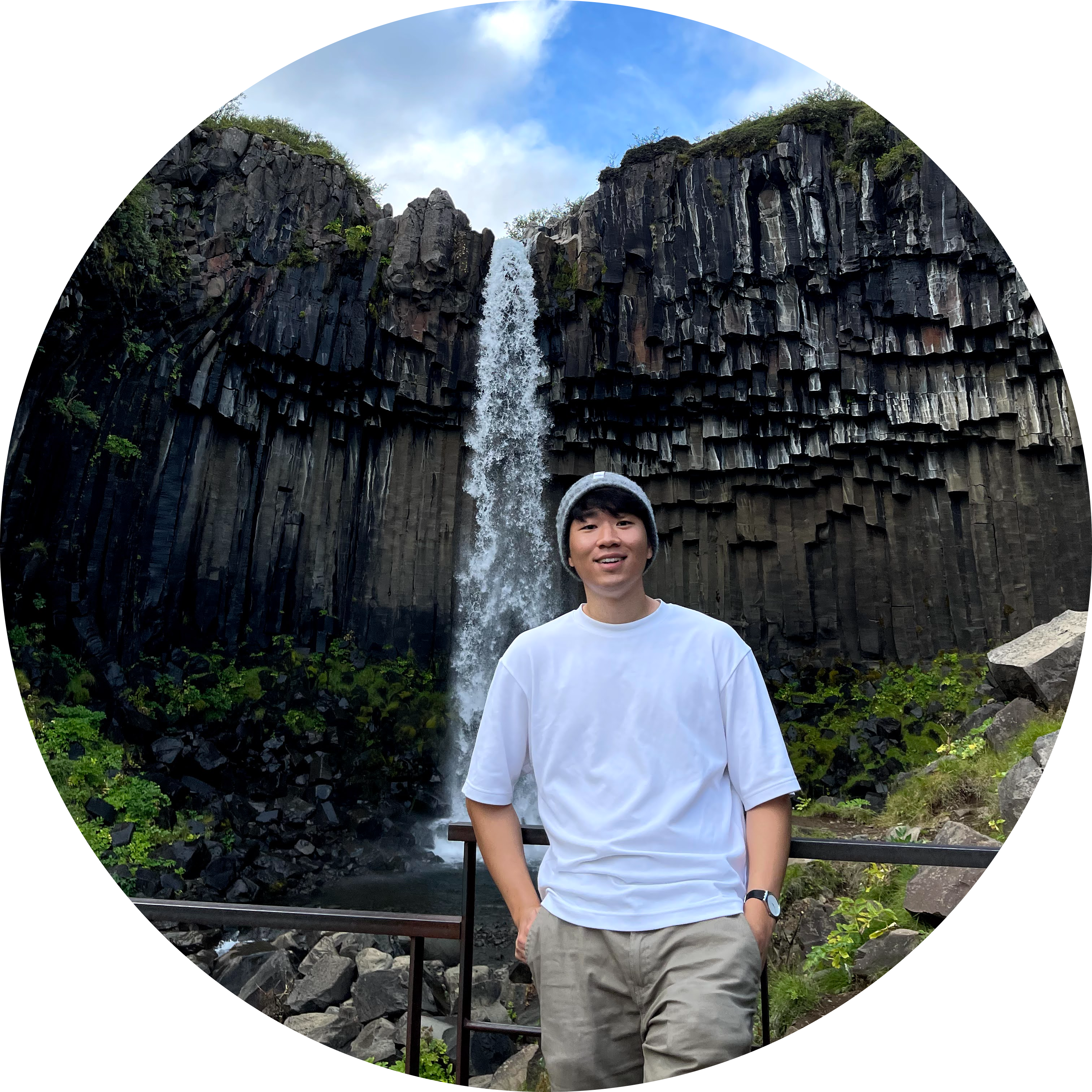|
email / google scholar / github I am a technical staff / research scientist at OpenAI. I received my PhD from MIT under the supervision of Phillip Isola and Pulkit Agrawal. Before that, I completed my Bachelor's at UC Berkeley, advised by Alexei (Alyosha) Efros at BAIR. Prior to joining BAIR, I worked at Swarm Lab with Maysam Chamanzar and Michel Maharbiz. My PhD focused on the science of deep learning, analyzing empirical behaviors of neural networks to understand and develop intelligent systems that scale. I spent some time with wonderful people at Google Research, Facebook (Meta) Research, Adobe Research, and Snap Research. Checkout mlscale: an MIT group on science of deep learning and scale. |

|